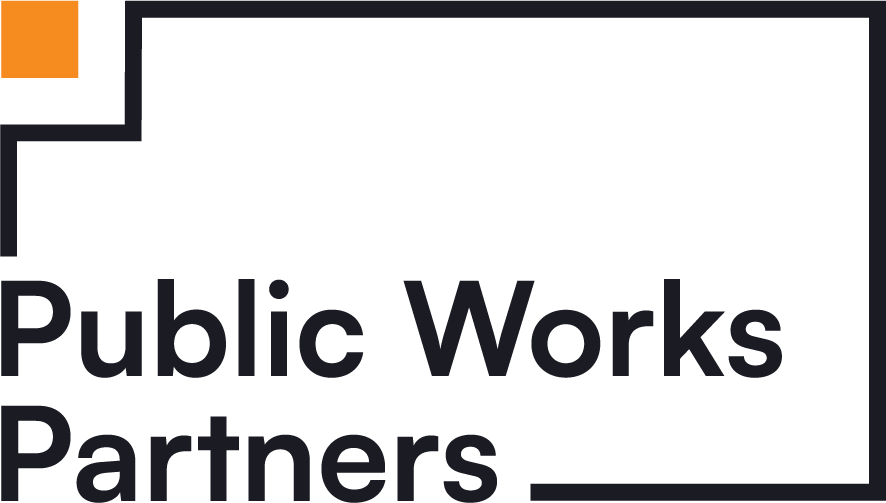Summertime is here in NYC, which means lots of overheated New Yorkers are looking for fun ways to cool off. While the past year has brought about many new opportunities to use public spaces, such as the NYC Department of Transportation’s (DOT) Open Streets and Open Restaurants programs, nothing quite fits the bill like a trip to the beach or a community pool. New York City has lots of options in this department. The city is surrounded by water, so New Yorkers have access to beaches all around the coast, from Coney Island in Brooklyn to Orchard Bach in the Bronx or Rockaway Beach in Queens. The NYC Parks Department also operates free outdoor pools across the city. There are also accessible ocean recreation programs like free youth surf lessons with the Surfrider Foundation or Laru Beya that not only teach youth how to swim, but also how to surf, or free kayaking.
Beaches and pools are affordable and fun ways to cool down and stay safe during heat waves, but only if you have the requisite water safety skills. Unfortunately, serious barriers to these skills, and therefore to water access, exist, and they often fall along racial and economic lines.
A survey commissioned by the USA Swimming Foundation found that 79 percent of children in households earning less than $50,000/year had no or low swimming ability, while children who qualify for free or reduced lunch programs were 63% less likely to have good swimming ability. The same survey also found that parents’ swimming skills play a significant role in whether a child can swim. For example, for Latinx parents reporting no swimming ability, their children are 62% more likely to not know how to swim. Fear also plays an important role. The survey found that African American children and their parents are three times more fearful of drowning than their Caucasian counterparts.
Lack of water safety skills is a serious public health concern, due both to risk of drowning and the need for effective cooling measures to combat increasingly severe heat waves. The Center for Disease Control (CDC) estimates that eleven people in the U.S. die from drowning every day. The CDC has also found that Black children aged 10-14 years old are 7.6 times more likely to drown in a pool than white children (CDC Drowning Facts).
Addressing disparities in ability and fear will be essential to ensuring that everyone can make use of these resources safely. But that will involve a concerted effort to increase access to and awareness of water safety resources.
While New York City is surrounded by water, access to that water is not always equal. Swimming times at public beaches and pools, which are generally between 10 AM and 6 PM while lifeguards are on duty, can pose a barrier to parents and caregivers who work, especially if they work multiple jobs. Similarly, free or low-cost swimming education programs are available, but without the resources or time to research these opportunities, caregivers may not know of them. Additionally, adults who cannot swim and/or rarely make use of these resources may have little motivation to seek out water safety courses for their children. This was a reality for me and my family: the only reason I am comfortable swimming in the ocean today is because I had access to free swimming lessons at my local YMCA when I was six years old. In low-income communities of color, programming like this needs to be made more accessible and advertised more effectively.
Getting to the beach or a pool is also a problem for many families. Travel to a New York City beach can take over an hour on public transit. That is a lot of time commuting to soak up some rays. For those who choose to drive, tolls and parking costs near the coast can be prohibitive. The limited access to these places for low-income people of color is a reason for little representation in ocean recreation. This can have ramifications down the road as these populations may have a decreased opportunity to benefit from athletic scholarships stemming from participation in these sports, as well as fewer options for recreation and the health benefits that come from it.
There are currently two bills moving through the New York State government to address these barriers to water access and water safety education. NY State Senator Joseph P. Addabbo Jr introduced the Senate Bill S2207, which would require water safety instruction to be taught in schools. This curriculum would include instruction on how to respond when caught in a rip current, safe behaviors in and around the water, awareness of water conditions, and more. Having this information accessible to all NY public school students would decrease the number of water safety incidents among all groups without placing added burdens on parents. The second bill, Assembly Bill A6141, introduced by Assemblyman Mike Norris, proposes to create a Commission to Prevent Childhood Drowning, which would empower an eleven-member commission to evaluate and develop water safety education efforts across the state. Together, these bills will support a new generation of water enthusiasts, increase access to and representation in these spaces, and help ensure that our public spaces are used more equitably.





